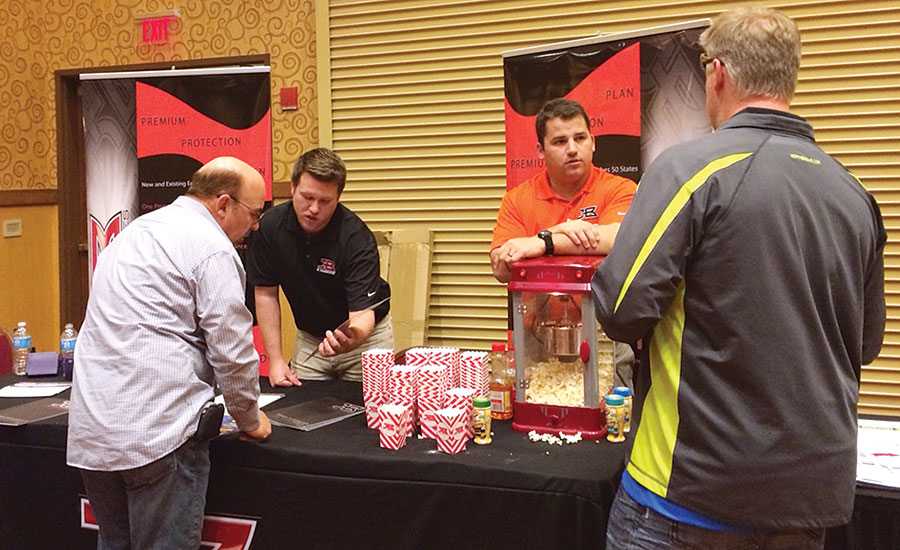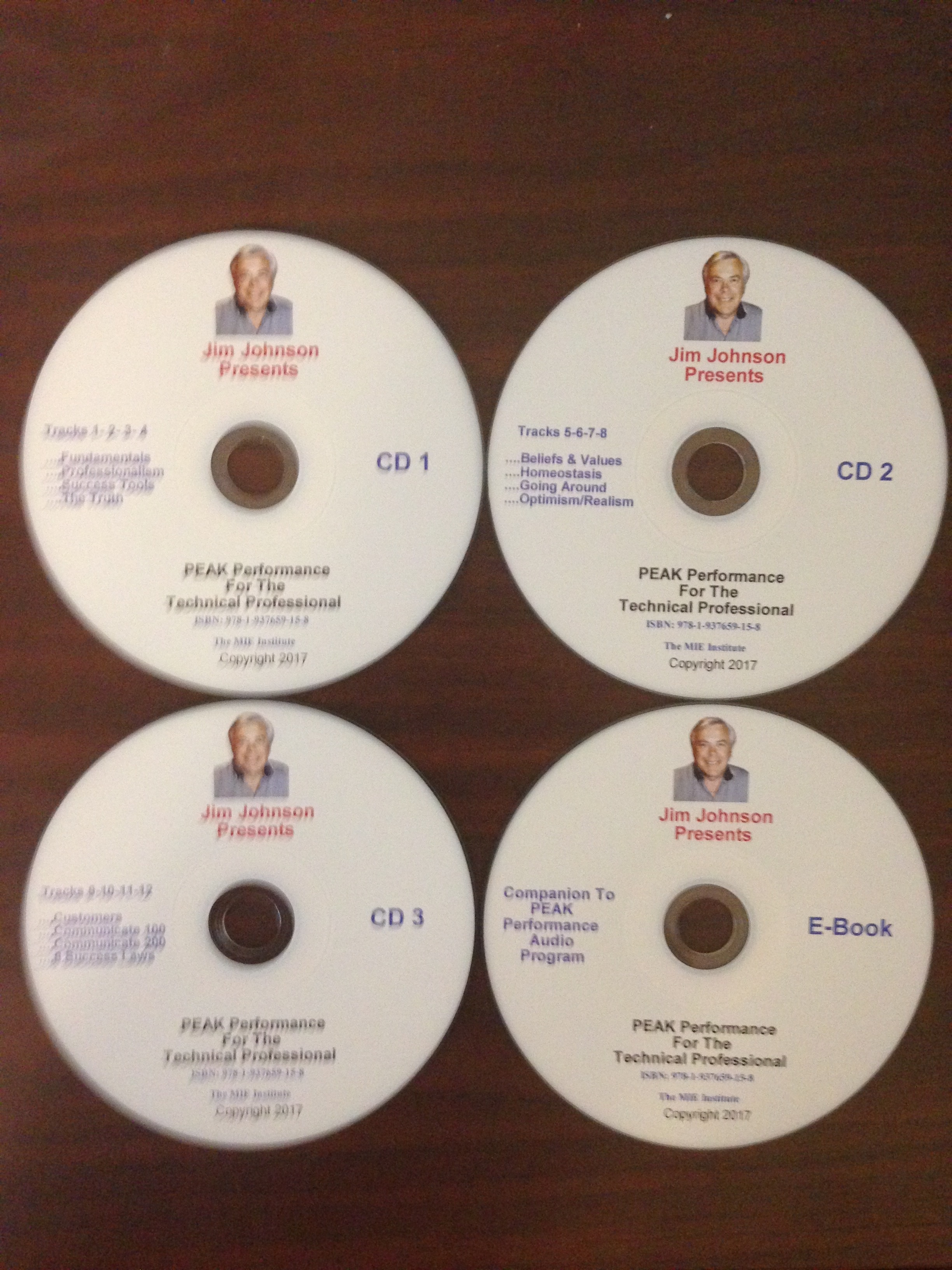Some may think that the lengthy warranties now offered by most original equipment manufacturers (OEMs) would lead to a lower demand for extended warranties. But, those warranties typically only cover parts, and many HVAC contractors like to provide warranties that offer longer labor terms, which they say gives customers more peace of mind.
One such contractor is H.J. Frank, owner, Personalized Air Conditioning Inc., Boca Raton, Florida, who has offered extended labor warranties since he bought his company in 1995. “Extended warranties add tremendous value to our company. Our mission statement is, ‘At Personalized, we don’t just sell you systems, we build relationships,’ and extended warranties are a big part of that.”
CUSTOMER SATISFACTION
Frank offers extended warranties from Trinity Warranty for a variety of reasons, including the fact that customers understand that air conditioner repairs can be expensive and may come at a time when they don’t have an extra $1,000 lying around. “With an extended warranty, customers don’t get big repair bills, so they never feel like we’re taking advantage of them. In addition, extended warranties require regular service, so these customers often buy maintenance agreements, as well.”
Trinity Warranty offers various extended service agreements (ESAs) for residential and commercial HVACR equipment, including labor only, parts only, and parts and labor. Terms can range in length from one to 10 years, and costs vary based on the type and length of coverage.
The company offers three labor reimbursement rates — $75, $100, and $125 — which include a one-hour trip/diagnostic service at the chosen rate. Also included is a parts allowance and refrigerant reimbursement. Trinity works with multiple A-rated insurance companies to protect their customers; in the event that one insurance company stops underwriting ESAs, there are several other insurance companies from which to choose.
While Trinity does work with several major OEMs to either extend its warranty offerings or assume the warranties completely, contractors are not required to be a dealer for any particular OEM to purchase ESAs. However, Trinity does require contractors to complete a dealer enrollment form and submit it along with a W-9 and a certificate of insurance, verifying general liability and workers’ compensation, per respective state guidelines.
Contractors have the opportunity to sell Trinity ESAs on residential equipment within 12 months of the equipment installation or six months for commercial equipment. “The ESA should be sold at the time of installation so that it begins when the OEM warranty ends, avoiding a gap in coverage,” said John Grimaldi, vice president of business development, Trinity Warranty. “If the ESA isn’t sold at the time of installation, it’s more likely it will be forgotten.”
In addition to giving customers peace of mind, an ESA benefits the contractor in a number of ways, said Grimaldi. “Most notably, the ESA is a source of added revenue for the contractor with no additional inventory required. The ESA also ‘locks in’ the equipment owner for the term of the agreement, giving contractors the opportunity to offer maintenance agreements to these customers. Finally, ESAs increase the perceived quality of the equipment and enhance the contractor’s reputation.”
CUSTOMER RETENTION
Selling extended warranties is a great way to immediately increase revenue without having to add overhead costs, said Evan Myers, vice president of marketing, JB & Associates Extended Warranties. “Not only are contractors increasing bottom-line profits from the markup on the front end of the sale, but they are guaranteeing future revenue by locking the customer into their service for 10 years. All of our agreements list the selling contractor as the servicer of the agreement, so they are guaranteed to service the system if something fails.”
JB & Associates offers numerous plans for HVAC residential and commercial equipment that cover all equipment brands. Their warranties transfer between homeowners, free of charge, so, even if the original homeowner moves, the contractor is tied to that system and address for service. “We give our contractors two years to purchase coverage from equipment startup on residential and commercial plans,” said Myers.
Contractors do not need to be associated with a particular OEM to purchase an extended warranty from JB & Associates, which offers free online registration to contractors who meet local licensing requirements and are in good standing with their state. “Our model of being transparent with our contractors, distributor partners, and OEMs continues to lead to the success of our program. We have more than 6,000 contractors and 50 distributor partners across the country supporting our program and more than 10 years of ample claims experience,” said Myers.
While some contractors may shy away from offering extended warranties, thinking that the added cost will cause them to lose jobs, Myers said the opposite is actually true — the key is to present the warranty in the right manner. “If contractors include the warranty with their proposal for the homeowner upfront, the customer sees an added benefit with the offering, not an added cost at the end of the sales pitch. For example, we say: ‘Mr. Homeowner, here is your quote. It comes with a 10-year parts, compressor, and labor warranty, and we even cover the refrigerant.’ This sounds much better than, ‘Mr. Homeowner, here is your quote, and if you would like an extended warranty, here is what it costs.’”
If the customer thinks the price is too high, the worst-case scenario is that the contractor takes the extended warranty off the quote, said Myers. “In the end, it’s much more cost-effective for a contractor to sell an extended warranty and retain customers for 10 years rather than spending an average of $250 per customer to gain new business.”
CUSTOMER RELATIONSHIPS
The benefits of selling extended parts and labor protection plans for HVAC contractors are numerous, said Tom Gilmore, national account manager, AIG, including the fact that extended labor protection plans help ensure the contractor gets the service revenue for the duration of the plan they sold. “They also have the option to choose from multiple reimbursement rates for which they will be compensated for work performed.”
Contractors benefit from working with a provider that not only offers the plan but insures it, as well. Further benefits exist when a provider’s invested in technology to make the administrative process seamless, said Gilmore. “We’ve been in business for a very long time, have a strong reputation in the industry for getting claims paid quickly without administrative headaches, and have a strong technology platform designed to make working with us efficient and easy.”
Not only do contractors benefit from service revenue, but they also have the opportunity to adjust the cost of the extended labor protection plan at point of sale as an additional revenue stream — as would any wholesaler, said Gilmore. “We’ve also found the strength of our brand is important when selling service contracts to customers, as it gives them the peace of mind that they are working with a contractor and service provider they know and can trust.”
AIG offers a comprehensive portfolio of various extended labor protection plans for residential and commercial HVACR equipment, ranging from two to 10 years, that can cover parts and labor, parts only, or labor only. The company has relationships and branded programs with five major OEMs in the HVAC industry, and contractors must be associated with one of those OEMs to participate in their respective branded program. AIG does offer additional programs that do not require a direct affiliation with one of the OEMs, but, in all cases, there are certain requirements that the contractor must meet to be eligible to become an authorized dealer.
Contractors can offer AIG’s residential coverage for existing equipment up to five years from installation or up to one year on commercial installations. “This is a key feature of our programs and provides contractors with an opportunity to sell the extended labor protection plan to consumers during every interaction they have with them,” said Gilmore. “Our plan is also fully transferrable to new homeowners, which is an added benefit when consumers are putting their homes on the market.”
While the price of HVAC extended warranties has increased over the last five years, Gilmore noted the value proposition remains positive if appropriately presented to the consumer. “Maintaining good relationships with customers is a prerequisite for a successful business, and HVAC contractors can achieve this by selling extended labor protection plans to their consumers. The bottom line is that extended warranties provide peace of mind, so customers avoid unexpected out-of-pocket expenses. There are really no drawbacks to offering them.”
Publication date: 7/13/2015
Want more HVAC industry news and information? Join The NEWS on Facebook, Twitter, and LinkedIn today!










